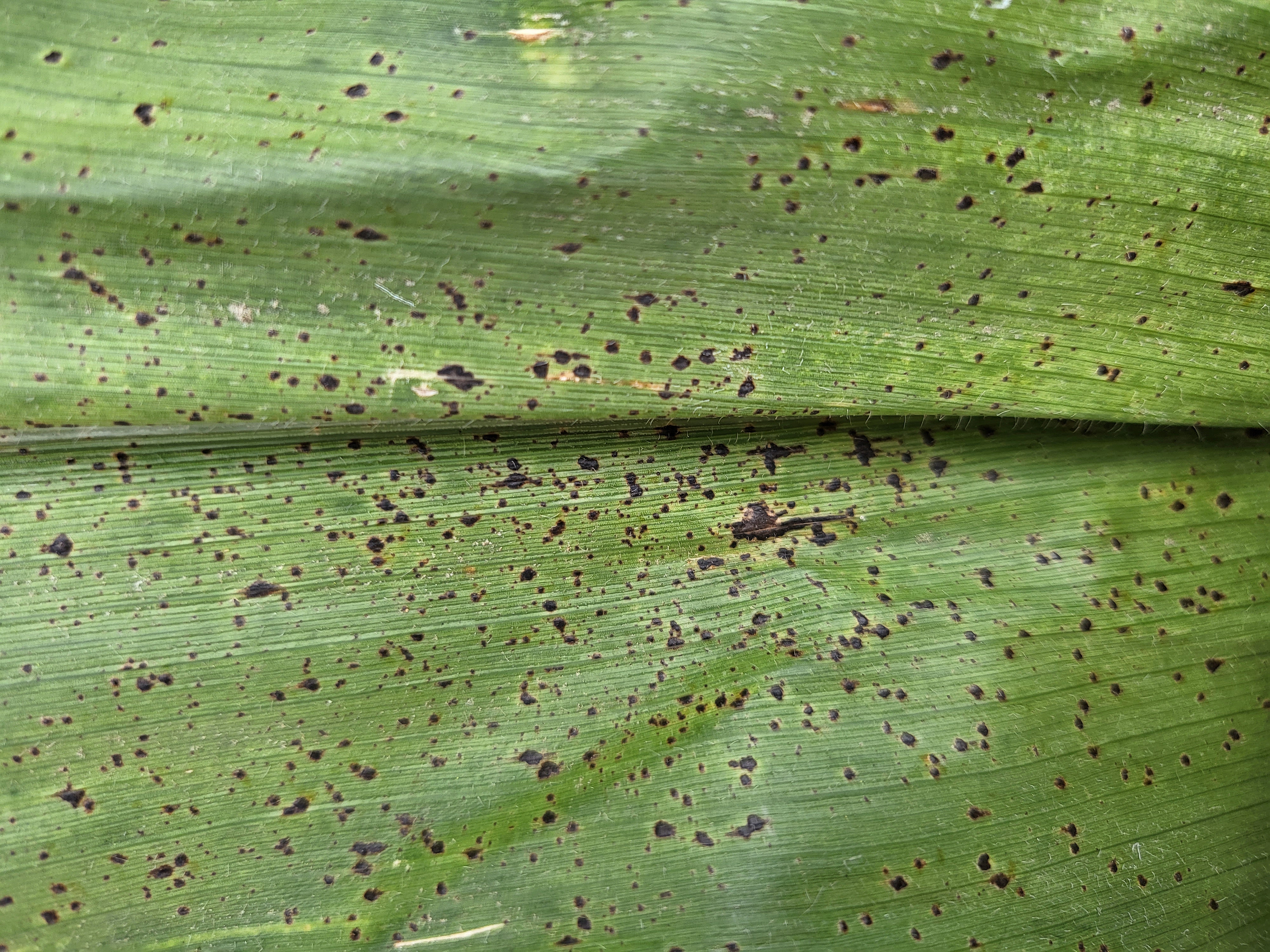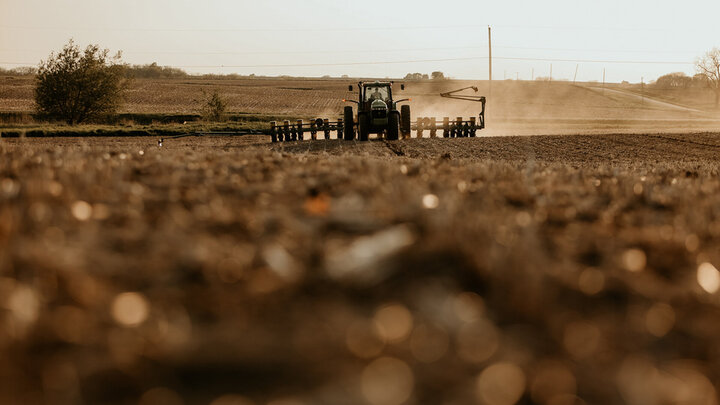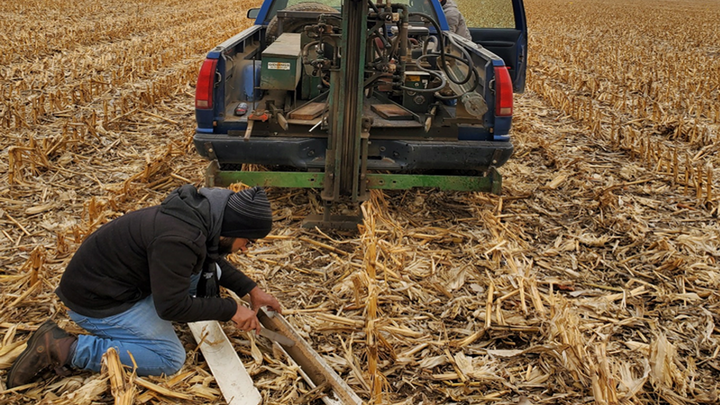By Adam Sparks
Pathogen
Fusarium root rot of corn is caused by numerous species, most commonly F. oxysporum Schlectend.:Fr and F. solani (Mart.) Sacc. However, F. verticilliodes e J. Sheld. (sexual stage: G. moniliformis) , F. subglutinans (sexual stage: G. subglutinans) (Wollenweb. & Reinking) P. E. Nelson, T. A. Tousson & Marassas, F. acuminatum Ellis & Verh., F. equiseti (Corda) Sacc. also cause root rot root rot in younger plants.
Disease Symptoms
Because root rots typically occur as complexes symptoms vary and it is difficult to determine if Fusarium is a primary or secondary pathogen or a saprophyte that colonized after another root rot pathogen became established. Symptoms generally include dark brown to black, discolored, decaying or completely rotted roots.
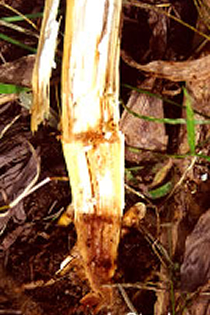
Management
Genetic Resistance
There are no hybrids in Nebraska resistant to Fusarium root rot.
Chemical/Biological Control
Seed treated with fungicide may protect seedlings from root rot for a short time.
Cultural Practices
Rotating crops may help reduce the severity of Fusarium root rot.
Minimizing Stress on the Plants
Anything that stresses the plant such as herbicide injury, foliar diseases, hail damage or drought may make it more susceptible to root rot. Injury to the roots is not necessary for infection but is helpful to the pathogen. As the plants mature and root mass increases the roots become more susceptible to root rot, sometimes moving up the plant into the crown and into the stalk, causing crown and stalk rot.
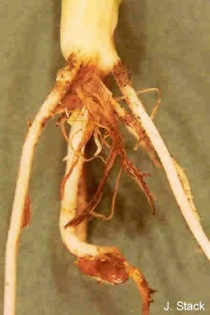
Links
No links to additional information are given at this time.
